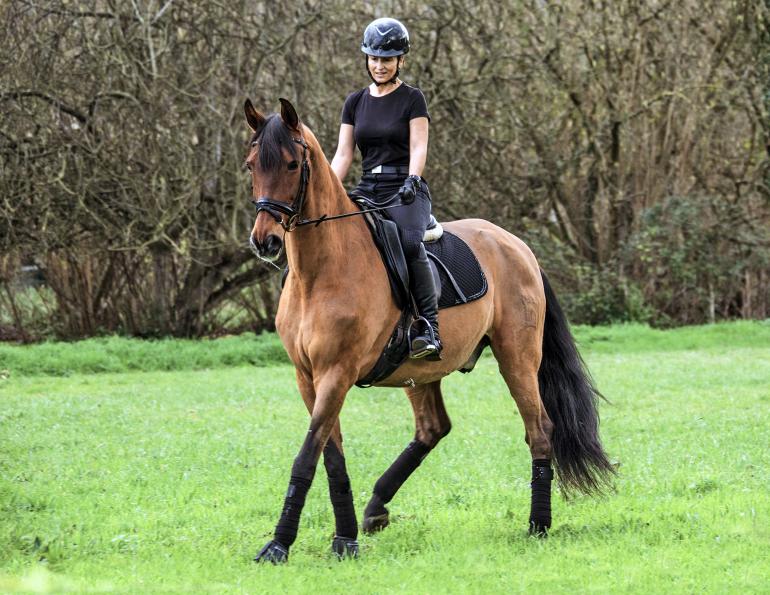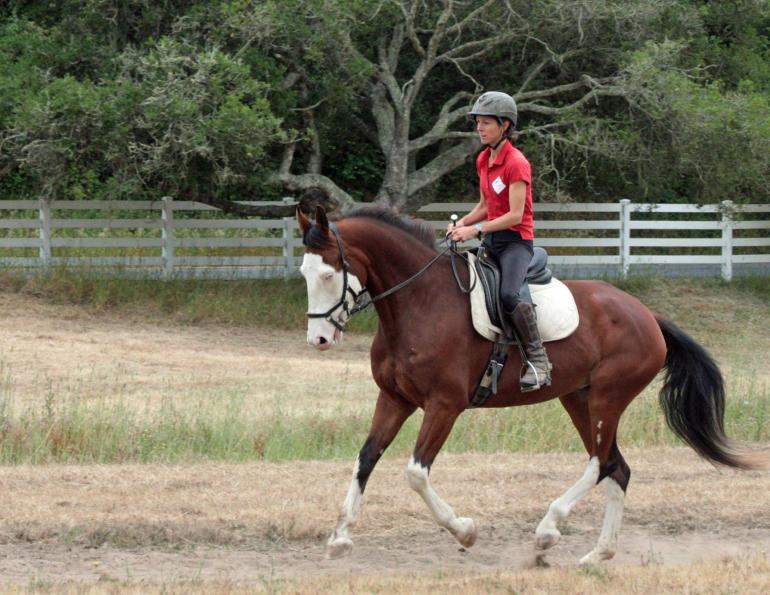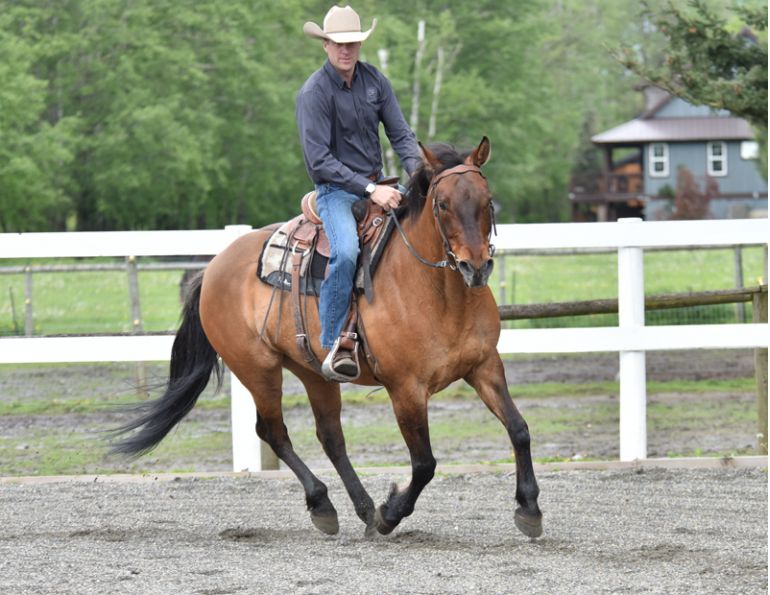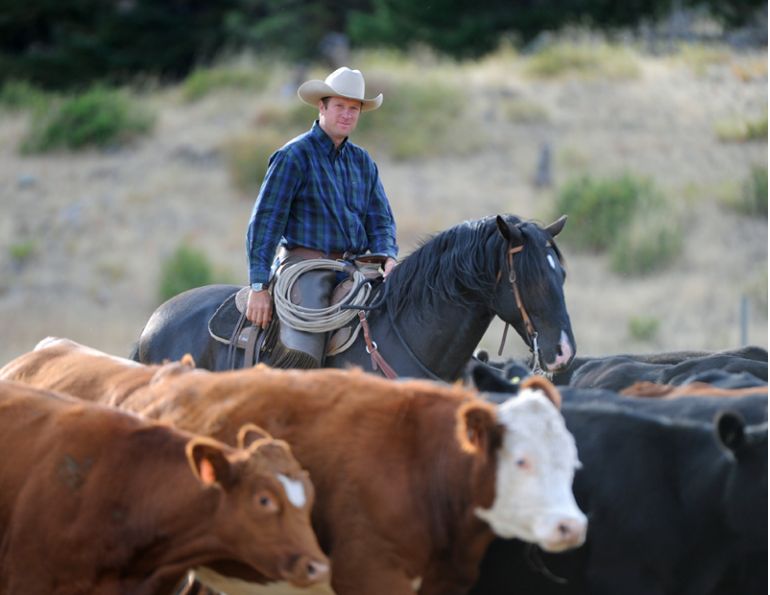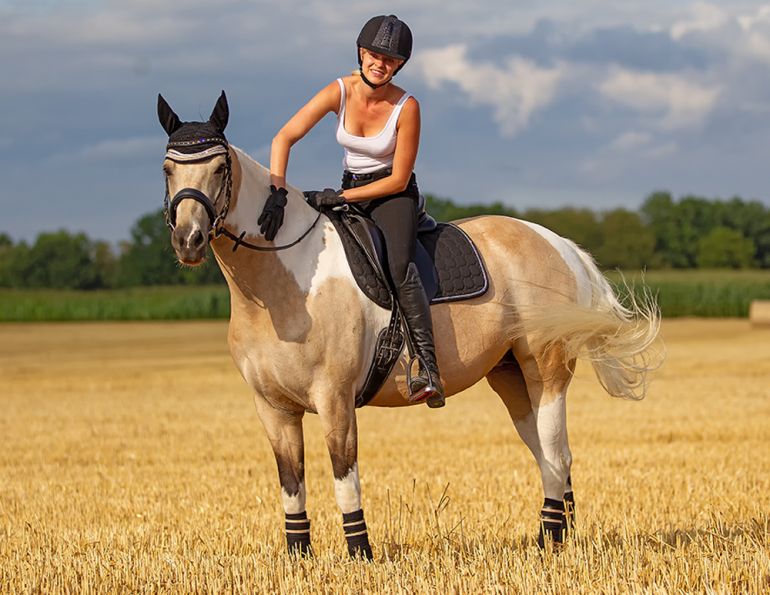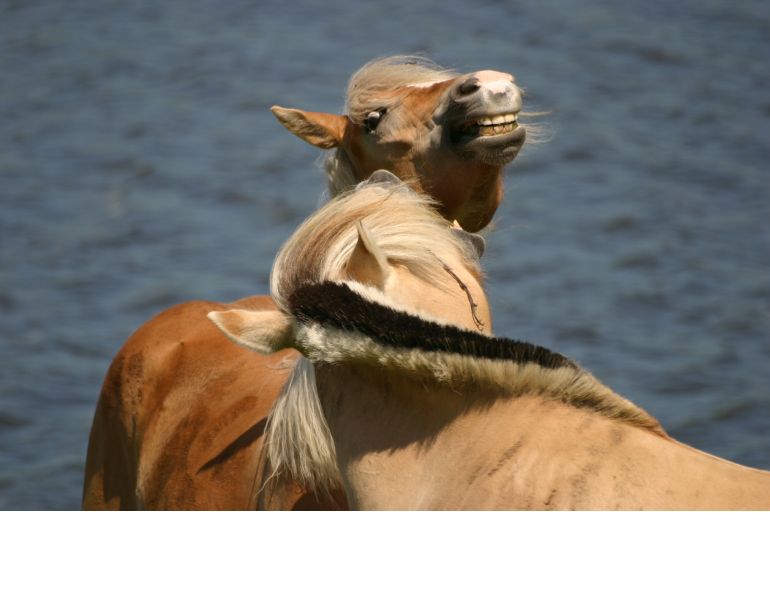By Will Clinging
I recently taught a lesson for new clients who described their horse as being “evergreen,” a term that is fitting for many horses that don’t seem to progress. There are obviously many factors to consider when judging a horse’s progress, or lack thereof, including the amount of time spent working the horse, training methods employed, experience and expectations of the rider, confidence of the rider, and too many others to list.
In most cases, the rider holds the horse back. I certainly have met many horses that had difficulty with learning, but they were held back even more because the teaching methods used were too rigid. Often, these horses needed an alternative approach that their handler was not able to provide.
When I state that the rider is often the reason for lack of progress, I am not trying to fault anyone’s riding abilities; there are many good riders who never seem to get their horses beyond perpetual greenness. Some riders are used to riding schooled horses; a rider may know how to ride well but not how to introduce something new or encourage the horse to perform it. Frustration sets in for both horse and rider, then things start to fall apart or progress grinds to a halt.
Other riders have ridden for many years but have only ridden a few different horses. When an old, faithful mount gets retired and a rider starts with a much younger and greener horse, he doesn’t have the same degree of confidence and neither does the horse. When the comfort of familiarity is not there, it can cripple progress.
Related: How to Build Confidence in Your Horse
If the horse is green because of layoffs due to injury or lack of riding time, there is no real problem. If progress is slow because the rider doesn’t know how to proceed or is simply frustrating both the horse and himself, a different approach is needed than the one presently employed.
If you don’t know how to proceed, first think about what your ultimate goals are as a horse-rider team. Think about the maneuvers your horse will need to be able to perform or how reliable he will need to be. You need long term goals as well as short term goals so you can enjoy some degree of success every day you work together. Simplify long term goals into multiple pieces, then break those pieces into even smaller pieces and you will have something you can work on.
For example, your long term goal might be to teach your horse to do flying lead changes. Before you can do that, you would want simple changes to be consistent. Before that there would be quiet canter departures and a balanced canter.
Before that, any canter that is not out of control is necessary. And before canter is trot and walk. If you cannot achieve the next step, you should concentrate on the step previous to it. Each step leads to the next and if the next step falls apart, you always have a step to fall back on.
If frustration has set in because you don’t think things are progressing fast enough, think about how much progress is realistic for one lesson. If you got one percent improvement every ride you would have your horse’s training finished in 100 rides. It doesn’t matter how good you are as a trainer, that is not going to happen! Think about a quarter or a half a percent of improvement on any given day. If you can say at the end of your ride that the horse is better — not necessarily good but better — you should be happy. Improvement is a slow and gradual thing and should be encouraged every time you ride. It is only when we are satisfied, or when we settle for what the horse is doing, that frustration stops.
Not all horses are generous about what they do for us, and others try too hard. If your horse is not generous you must be more supportive and encouraging, instead of demanding. If your horse already tries too hard, ask him to do less. What is important is quality not quantity. Consistent, quiet encouragement will go a long way to help your horse continue to improve.
Think about letting your horse be better, rather than trying to make him better.
Related: Training the Green Horse: Back to Work
To read more by Will Clinging on this site, click here.
Photo: Shutterstock/Alvaro Postigo Armendariz



